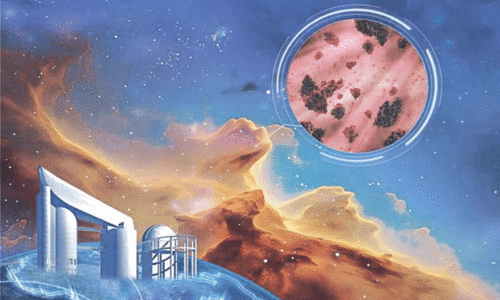 Astronomers from China and the United States have achieved a significant breakthrough by creating the first three-dimensional map detailing the properties of interstellar dust within the Milky Way galaxy. This advancement addresses a longstanding cosmic mystery that has puzzled scientists for over a century.
Astronomers from China and the United States have achieved a significant breakthrough by creating the first three-dimensional map detailing the properties of interstellar dust within the Milky Way galaxy. This advancement addresses a longstanding cosmic mystery that has puzzled scientists for over a century.
Interstellar dust, composed of tiny solid particles, plays a crucial role in the formation of stars and planets. However, its uneven distribution and varying properties have made it challenging to study comprehensively. By utilizing data from China’s Large Sky Area Multi-Object Fiber Spectroscopy Telescope (LAMOST) and the European Space Agency’s Gaia space observatory, researchers have been able to map these dust properties in three dimensions, offering new insights into the structure and composition of our galaxy.
This 3D mapping not only enhances our understanding of the Milky Way’s formation and evolution but also aids in refining models of star formation and the interstellar medium. The collaboration between LAMOST and Gaia exemplifies the power of combining data from multiple observatories to tackle complex astronomical challenges.
For a visual exploration of recent cosmic discoveries, you might find the following video insightful:







